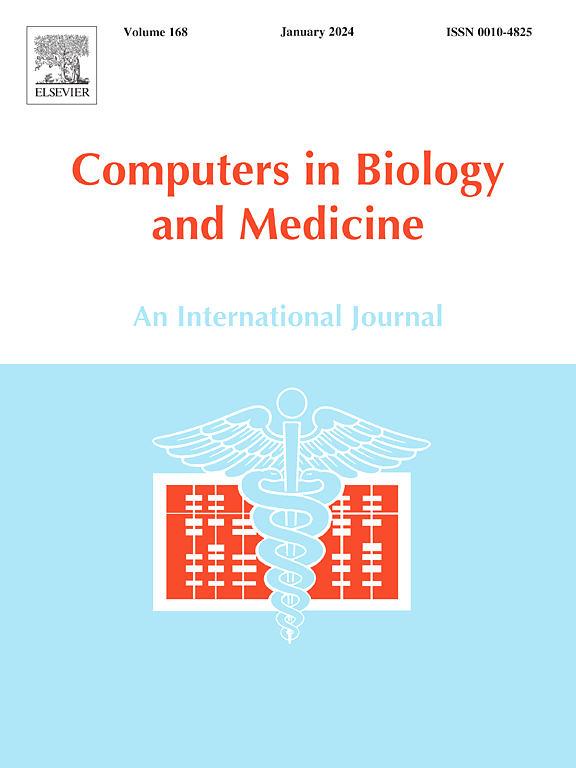A computed tomography-based deep learning radiomics model for predicting the gender-age-physiology stage of patients with connective tissue disease-associated interstitial lung disease
IF 7
2区 医学
Q1 BIOLOGY
引用次数: 0
Abstract
Objectives
To explore the feasibility of using a diagnostic model constructed with deep learning-radiomics (DLR) features extracted from chest computed tomography (CT) images to predict the gender-age-physiology (GAP) stage of patients with connective tissue disease-associated interstitial lung disease (CTD-ILD).
Materials and methods
The data of 264 CTD-ILD patients were retrospectively collected. GAP Stage I, II, III patients are 195, 56, 13 cases respectively. The latter two stages were combined into one group. The patients were randomized into a training set and a validation set. Single-input models were separately constructed using the selected radiomics and DL features, while DLR model was constructed from both sets of features. For all models, the support vector machine (SVM) and logistic regression (LR) algorithms were used for construction. The nomogram models were generated by integrating age, gender, and DLR features.
Results
The DLR model outperformed the radiomics and DL models in both the training set and the validation set. The predictive performance of the DLR model based on the LR algorithm was the best among all the feature-based models (AUC = 0.923). The comprehensive models had even greater performance in predicting the GAP stage of CTD-ILD patients. The comprehensive model using the SVM algorithm had the best performance of the two models (AUC = 0.951).
Conclusion
The DLR model extracted from CT images can assist in the clinical prediction of the GAP stage of CTD-ILD patients. A nomogram showed even greater performance in predicting the GAP stage of CTD-ILD patients.
求助全文
约1分钟内获得全文
求助全文
来源期刊

Computers in biology and medicine
工程技术-工程:生物医学
CiteScore
11.70
自引率
10.40%
发文量
1086
审稿时长
74 days
期刊介绍:
Computers in Biology and Medicine is an international forum for sharing groundbreaking advancements in the use of computers in bioscience and medicine. This journal serves as a medium for communicating essential research, instruction, ideas, and information regarding the rapidly evolving field of computer applications in these domains. By encouraging the exchange of knowledge, we aim to facilitate progress and innovation in the utilization of computers in biology and medicine.
 求助内容:
求助内容: 应助结果提醒方式:
应助结果提醒方式:


